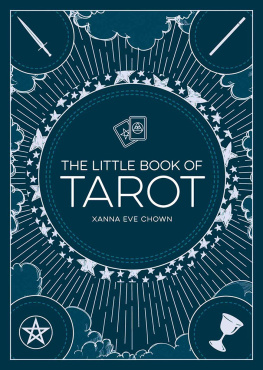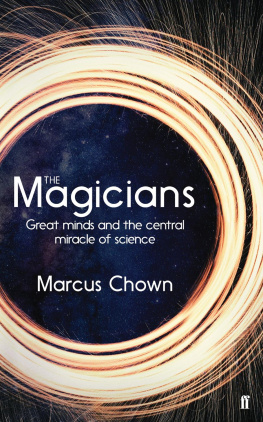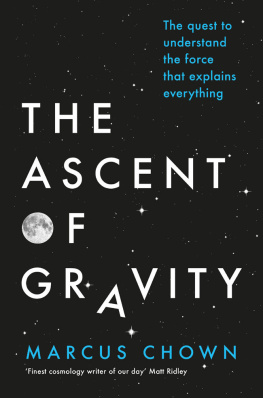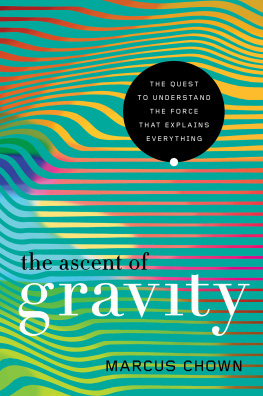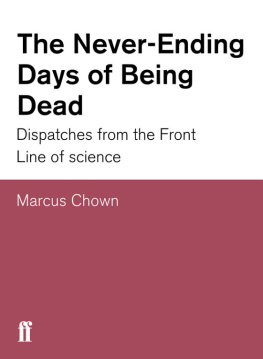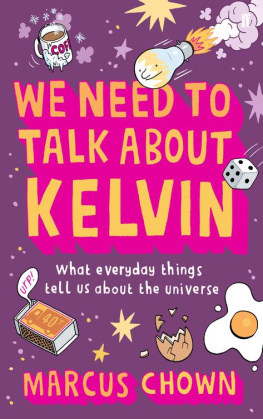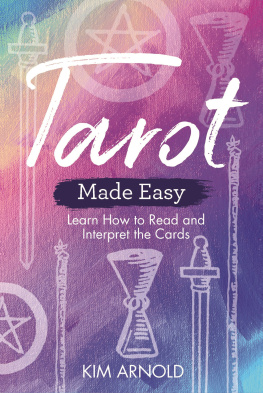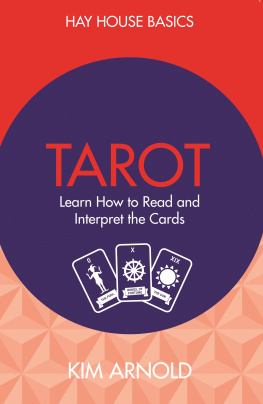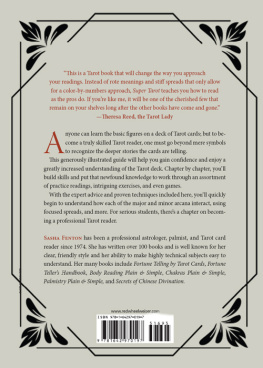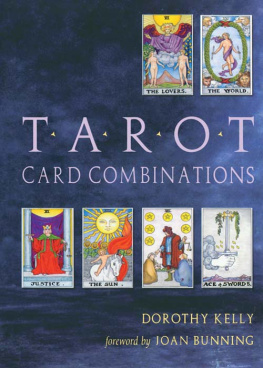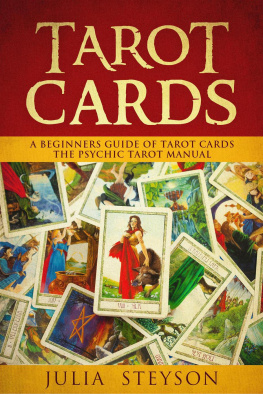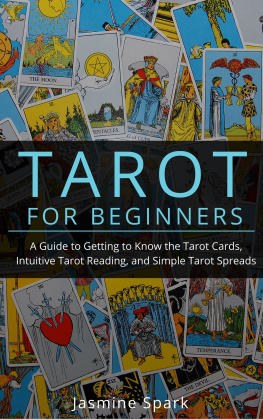THE LITTLE BOOK OF TAROT
Copyright Summersdale Publishers Ltd, 2019
All rights reserved.
No part of this book may be reproduced by any means, nor transmitted, nor translated into a machine language, without the written permission of the publishers.
Condition of Sale
This book is sold subject to the condition that it shall not, by way of trade or otherwise, be lent, resold, hired out or otherwise circulated in any form of binding or cover other than that in which it is published and without a similar condition including this condition being imposed on the subsequent purchaser.
An Hachette UK Company
www.hachette.co.uk
Summersdale Publishers Ltd
Part of Octopus Publishing Group Limited
Carmelite House
50 Victoria Embankment
LONDON
EC4Y 0DZ
UK
www.summersdale.com
eISBN: 978-1-78783-177-3
Substantial discounts on bulk quantities of Summersdale books are available to corporations, professional associations and other organizations. For details contact general enquiries: telephone: +44 (0) 1243 771107 or email: .
INTRODUCTION
The Tarot is a deck of 78 cards that are used for divination. In a reading, a number of cards are drawn from the pack at random and the unique symbolism of each card reveals the answer to any question you may wish to explore. No one knows for certain how the Tarot works. Some people believe the cards are guided by angels or spirits. Others believe that each reading is a perfect example of synchronicity, where the cards selected have no causal relationship yet seem to be meaningfully related.
Contrary to popular belief, anyone can read the Tarot. You dont need to be psychic or spend years training, as the images on the cards are powerful and universal. The best way to get started is to dive right in with a deck of cards that resonates with you personally (see p.86 for some advice on how to choose one).
This little book will guide you on your journey, introducing you to the cards one by one with simple descriptions to help you decode the symbolism and remember their meanings. There are sample spreads to follow and lots of different readings to try, focusing on everything from spirituality to romance to your career. Its time to step inside the world of the Tarot and begin your voyage to self-discovery. Enjoy!
PART 1
THE HISTORY OF TAROT
Strange though it may seem, the Tarot began life as a trick-taking card game known as Tarrocchi, Trionfi or Trumps, which is still played in parts of Europe today.
THE GAME OF TAROT
Card games were introduced to the parlours of Europe in the fourteenth century, using decks of playing cards with four suits similar to the modern suits of hearts, spades, clubs and diamonds. (These suit cards eventually became the Cups, Pentacles, Swords and Wands of the Tarots minor arcana.)
Only the nobility could afford these hand-painted cards. They personalized their decks, commissioning extra cards with allegorical scenes or family members. These were used in games as trump cards and the game of Tarot started to evolve. (These trump cards eventually became the Tarots major arcana.)
The invention of the movable-type printing press in the fifteenth century meant that playing cards became accessible to more people, and the names of the cards became more standardized.

The Fool Tarot of Marseilles, eighteenth century

The Fool Smith-Rider-Waite, nineteenth century
TAROT FOR DIVINATION
Cartomancy, or card divination, has existed since the invention of playing cards. However, Tarot cards werent used for divination until the eighteenth century until then their purpose had been purely for games. It happened after occultist Antoine Court de Gbelin popularized the idea that Tarot cards were based on the secrets of the Ancient Egyptians, despite a lack of evidence.
During the nineteenth century, interest in the esoteric side of the Tarot boomed. The first deck to show individual scenes on the minor arcana (instead of patterns of Pentacles, Cups, Swords and Wands) was published. This deck, known as the Smith-Rider-Waite, is still popular today.
The cards in this book are designed by Jeffrey Thompson, using a woodcut style and drawing on the symbolism of the Smith-Rider-Waite.

The Fool Jeffrey Thompson, modern
PART 2
THE CARDS
The Tarot deck is made up of 22 major arcana cards and 56 minor arcana cards.
MAJOR ARCANA
These cards are archetypes that represent the karmic influences and themes at work in your life. When one appears in a reading, you are being called to reflect on the life lessons it offers.
MINOR ARCANA
These cards are grouped into four suits. Each suit contains 14 cards, similar to those in a traditional deck of playing cards. There are ten numbered cards: Ace /1 (p.66), 2 (p.67), 3 (p.68), 4 (p.69), 5 (p.70), 6 (p.71), 7 (p.72), 8 (p.73), 9 (p.74), 10 (p.75); and four court cards: Page (p.82), Knight (p.83), Queen (p.84) and King (p.85).
These cards describe situations, help you make choices, reflect your state of mind and give you advice.
When a reading is mostly made up of major arcana, fate is in control and it is likely you are experiencing a lot of big changes. If the major arcana cards are reversed, it could be a sign that you are not paying enough attention to the bigger picture. If the reading is made up of mostly minor arcana, it is more concerned with the day to day.
CARD REVERSALS
In a spread, cards can be described as upright or reversed. A card is reversed when it appears upside down.

Upright

Reversed
THE MAJOR ARCANA
QUICK REFERENCE GUIDE
0 The Fool 0 (see p.16)
1 The Magician I (see p.18)
2 The High Priestess II (see p.20)
3 The Empress III (see p.22)
4 The Emperor IV (see p.24)
5 The Hierophant V (see p.26)
6 The Lovers VI (see p.28)
7 The Chariot VII (see p.30)
8 Strength VIII (see p.32)
9 The Hermit IX (see p.34)
10 The Wheel of Fortune X (see p.36)
11 Justice XI (see p.38)
12 The Hanged Man XII (see p.40)
13 Death XIII (see p.42)
14 Temperance XIV (see p.44)
15 The Devil XV (see p.46)
16 The Tower XVI (see p.48)
17 The Star XVII (see p.50)
18 The Moon XVIII (see p.52)
19 The Sun XIX (see p.54)
20 Judgement XX (see p.56)
21 The World XXI (see p.58)



